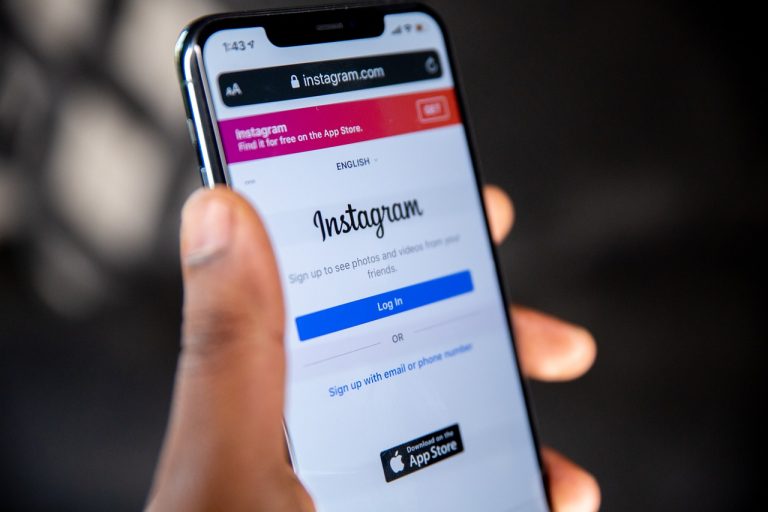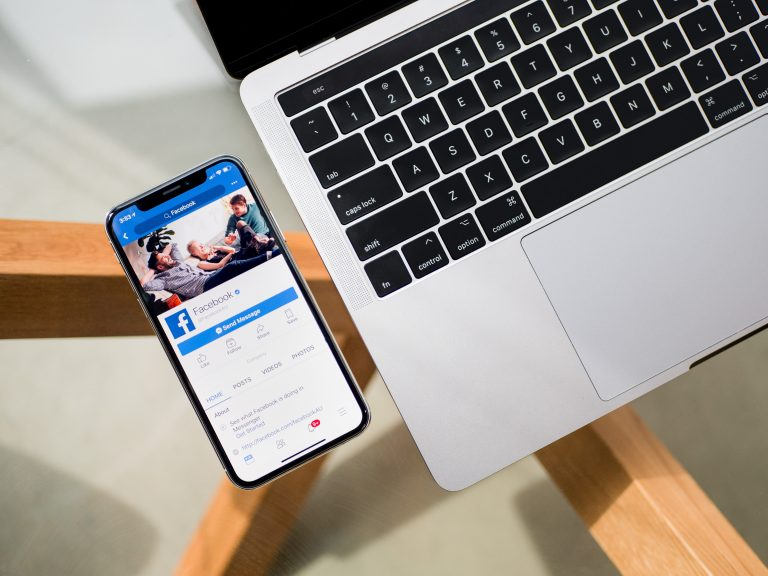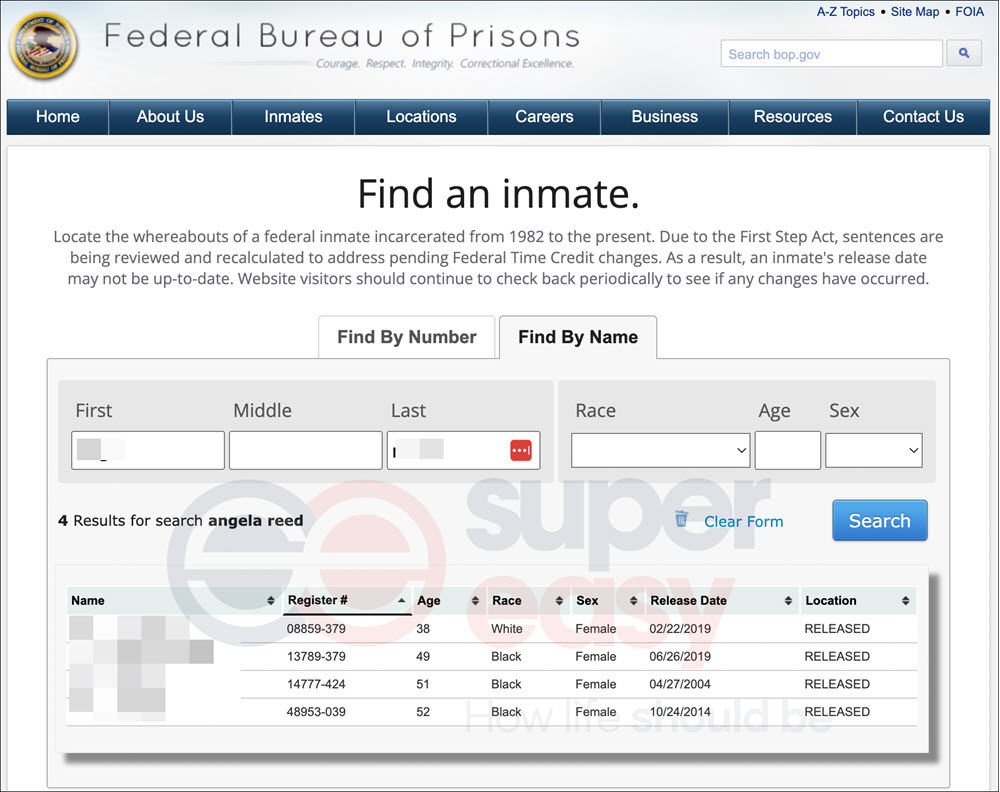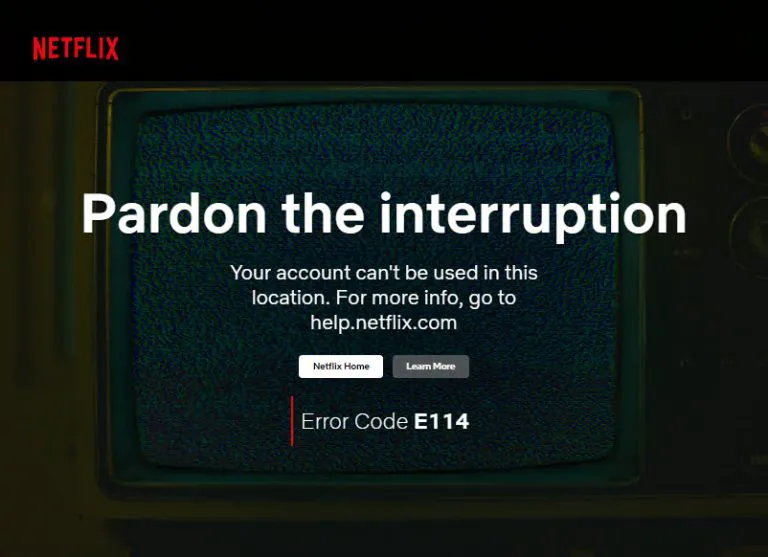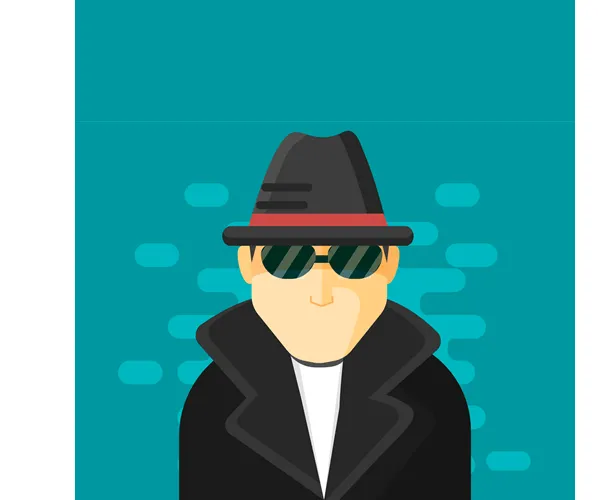
Has my personal data been leaked to the Dark Web?
Phishing scams are extremely common these days. According to the APWG trends report, phishing activities have been increasing in the last 3 years. Threats on social media and mobile phone-based fraud are increasing rapidly, which individuals and companies should be aware of. So, how to prevent phishing? Read on to learn more.
How to prevent phishing
What are phishing attacks?
Phishing is a technique used to steal sensitive information such as usernames and passwords, bank accounts, credit card details, or other personally identifiable information. Anyone using the internet and other forms of electronic communication will be a target group for phishing scammers. Because of vast numbers of people working remotely from home, the number of phishing attacks rising rapidly.
The common types of phishing attacks
- Spear phishing
- Phishing emails
- Vishing (phone scams)
- Smishing (fake text messages)
- Social media phishing
- Phishing websites (fake domain sites)
How to avoid phishing
The best protection against phishing is to recognize it and don’t click any suspicious links attached to it. It requires users to be educated and aware of phishing.
How to identify phishing
New phishing techniques are being developed and updated all the time, but there are some common tactics that can be identified. Here are the signs that the message is a scam, no matter if it’s an email, a phone call, or a text message.
- Seem to be from legitimate companies like banks, credit card companies, etc.
- Have typos in the email address or link url
- Are unsolicited (you didn’t ask for it, they send it to you)
- The message contains poor spelling and grammar errors.
- The links provided in emails/messages are not pointing to the correct location or are directed to a third-party site not affiliated with the sender of the email.
- They request personal information
Scammers try their best to package fake messages, so it’s essential to learn what’s phishing and how to identify phishing. Trust your guts, if you feel something goes wrong, check them first.
Stop phishing attacks
Phishing attracts are designed to be legitimate, but it’s hard to identify every phishing attack by ourselves. We don’t want to receive fake messages and emails. They are annoying and dangerous. To stop it, we need a trustworthy protection product to keep us away from phishing.
IdentityForce

IdentityForce offers identity theft protection that can alert you to potential trouble and cyber safety features designed to help prevent problems. It offers two levels of service: UltraSecure+Credit package and UltraSecure.
Its UltraSecure+Credit package is the most comprehensive package that includes features like credit monitoring; mobile phone threat detection; dark web monitoring; social media monitoring; sex offender monitoring and more.
How to check whether it’s a phishing attack
There are online tools and services that help you identify whether it’s a phishing attack or a real message.
Note that robot calls or fake emails can’t be found by a specific owner, so if there are no related owners, you may encounter a phishing attack.
BeenVerified
We recommend BeenVerified as it’s one of the most comprehensive people searching tools in the market. You can use a phone number/email/address/name to look up who’s behind the message. As we mentioned before, common phishing attacks are carried out by fake emails, fake text messages, or unknown phone calls. So if you can find out the person behind the messages and phone calls, you’ll clearly know whether it’s a phishing attack.
- Head to BeenVerified.
- According to the information you have in hand, choose the tab and enter the information to search.
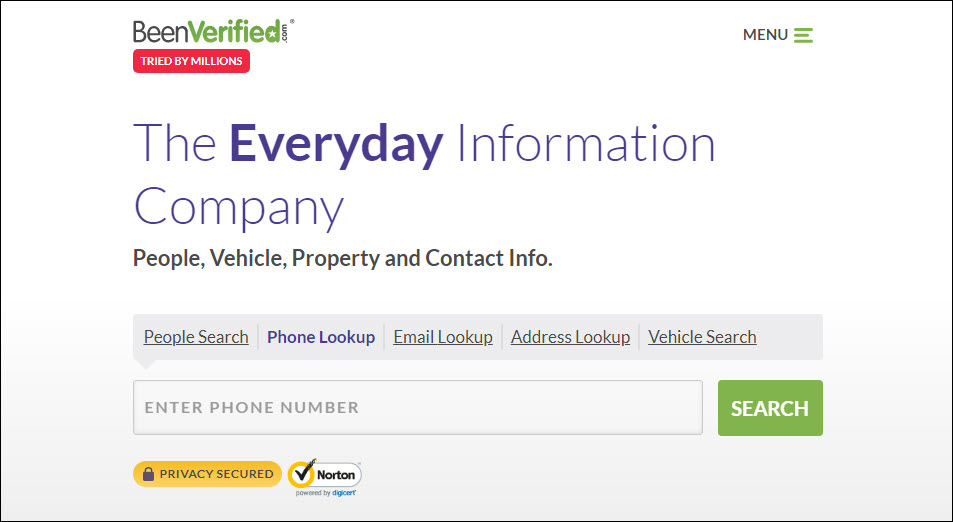
- Wait a few minutes for BeenVerified to search for the related information and generate a detailed report.
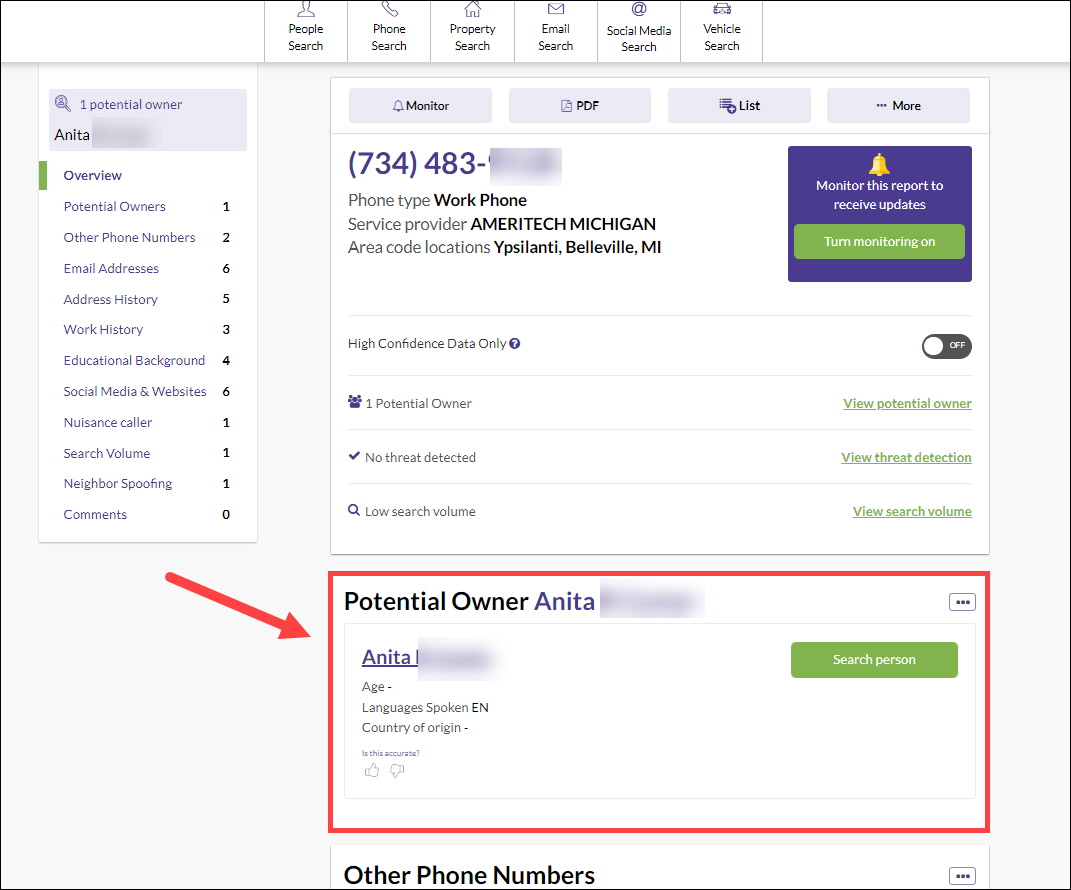
Intelius
Intelius is a leading provider of public data about people and their connections to others. After nearly 20 years working in this area, Intelius has gathered massive data so you can easily find related owners by using this tool. You can use this tool to find out who’s behind the phone number or email address. And it’s a great service to check out someone’s background.
- Go to Intelius.
- Choose the tab and enter the information.
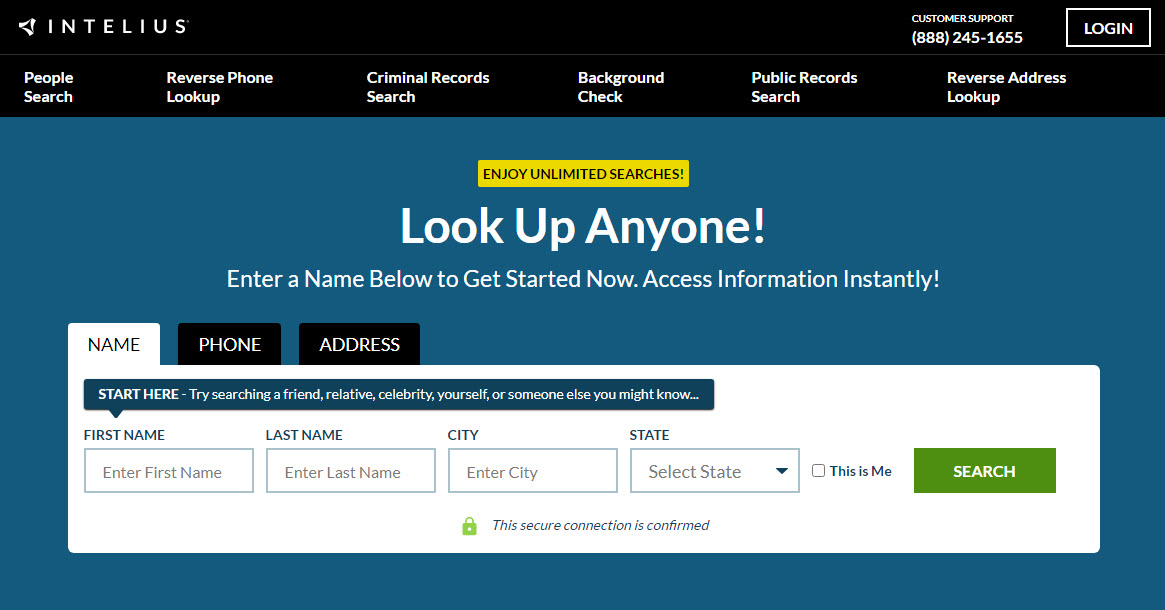
- Wait for a few minutes to get the report.
Report phishing
Report suspicious emails or calls to the Federal Trade Commission or by calling 1-877-IDTHEFT.

